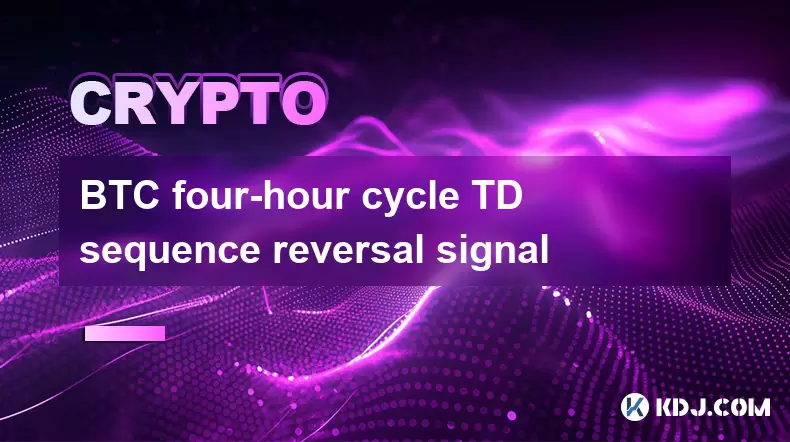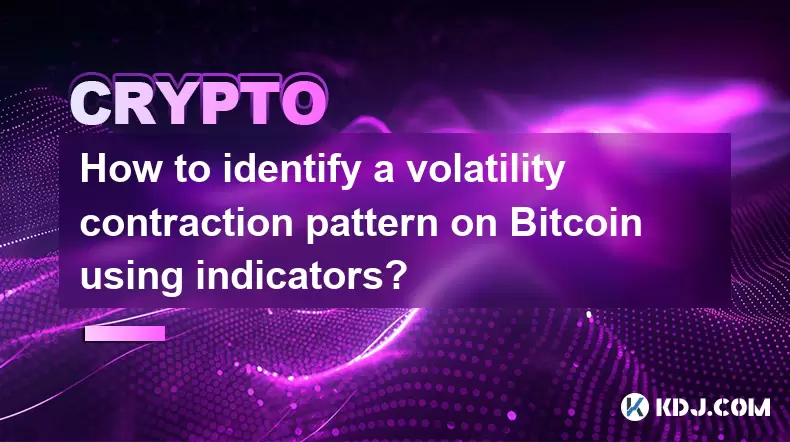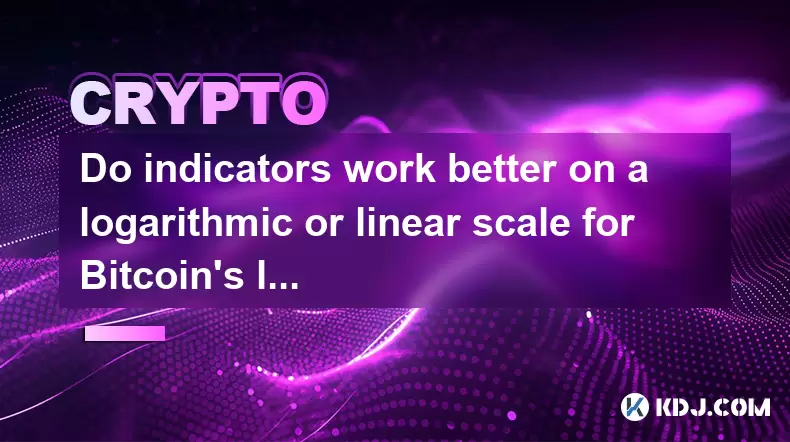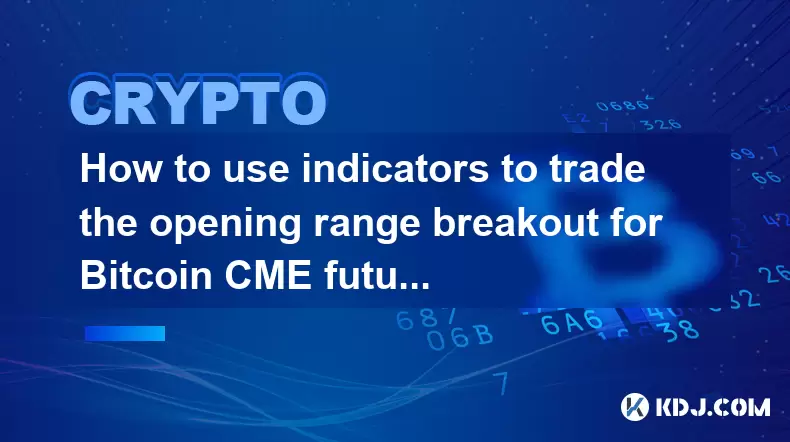-
 Bitcoin
Bitcoin $117900
0.31% -
 Ethereum
Ethereum $3766
0.28% -
 XRP
XRP $3.176
-0.31% -
 Tether USDt
Tether USDt $1.000
0.00% -
 BNB
BNB $795.6
1.51% -
 Solana
Solana $186.8
-1.09% -
 USDC
USDC $0.9999
-0.01% -
 Dogecoin
Dogecoin $0.2353
-1.33% -
 TRON
TRON $0.3226
1.49% -
 Cardano
Cardano $0.8172
-1.08% -
 Sui
Sui $4.178
3.06% -
 Hyperliquid
Hyperliquid $43.05
-3.39% -
 Stellar
Stellar $0.4367
-0.57% -
 Chainlink
Chainlink $18.62
1.47% -
 Hedera
Hedera $0.2828
6.63% -
 Bitcoin Cash
Bitcoin Cash $584.7
5.65% -
 Avalanche
Avalanche $24.81
2.53% -
 Litecoin
Litecoin $112.8
-0.88% -
 UNUS SED LEO
UNUS SED LEO $8.975
-0.08% -
 Shiba Inu
Shiba Inu $0.00001395
-1.07% -
 Toncoin
Toncoin $3.285
-1.05% -
 Ethena USDe
Ethena USDe $1.001
0.01% -
 Polkadot
Polkadot $4.123
0.76% -
 Uniswap
Uniswap $10.49
-0.18% -
 Monero
Monero $326.5
0.14% -
 Dai
Dai $0.9999
-0.02% -
 Bitget Token
Bitget Token $4.576
0.34% -
 Pepe
Pepe $0.00001247
-1.55% -
 Cronos
Cronos $0.1400
3.77% -
 Aave
Aave $295.1
-0.73%
BTC four-hour cycle TD sequence reversal signal
The BTC four-hour cycle TD sequence reversal signal, based on the Tom DeMark Sequential indicator, helps traders predict Bitcoin price reversals by identifying trend exhaustion points.
Jun 08, 2025 at 12:28 pm

The BTC four-hour cycle TD sequence reversal signal is a technical analysis tool that traders use to identify potential reversals in the Bitcoin market. This signal is based on the Tom DeMark (TD) Sequential indicator, which is designed to pinpoint price exhaustion points and potential trend reversals. In this article, we will delve into the specifics of the TD Sequential indicator, how it applies to the four-hour cycle for Bitcoin, and how traders can interpret and use this signal effectively.
Understanding the TD Sequential Indicator
The TD Sequential indicator is a popular tool among traders for its ability to predict price exhaustion and potential trend reversals. Developed by Tom DeMark, this indicator uses a series of numbers to signal when a market is likely to reverse. The indicator consists of two main components: TD Setup and TD Countdown.
- TD Setup is a sequence that counts from 1 to 9, indicating the potential exhaustion of a trend. For a bullish setup, the price must close lower than the low four bars earlier. For a bearish setup, the price must close higher than the high four bars earlier.
- TD Countdown follows the TD Setup and counts from 1 to 13, signaling the final stages of the trend exhaustion. For a bullish countdown, the price must close higher than the close two bars earlier. For a bearish countdown, the price must close lower than the close two bars earlier.
Applying the TD Sequential to the Four-Hour Cycle
When applying the TD Sequential indicator to the four-hour cycle for Bitcoin, traders look for the completion of the TD Setup and TD Countdown sequences within the four-hour time frame. This approach helps in identifying potential reversal points within a shorter time frame, which can be particularly useful for day traders and swing traders.
- Four-hour cycle: This refers to the time frame in which each candlestick on the chart represents four hours of trading activity. The four-hour cycle is considered a medium-term time frame, suitable for traders looking to capitalize on medium-term trends and reversals.
- Identifying the signal: Traders need to monitor the four-hour chart for the completion of the TD Setup and TD Countdown sequences. A completed TD Setup of 9 followed by a TD Countdown of 13 is considered a strong signal for a potential reversal.
Interpreting the TD Sequence Reversal Signal
Interpreting the TD sequence reversal signal involves understanding the completion of both the TD Setup and TD Countdown sequences. Once these sequences are completed, traders can anticipate a potential reversal in the Bitcoin price.
- Bullish reversal signal: A completed TD Setup of 9 on the downside followed by a TD Countdown of 13 indicates that the bearish trend may be exhausting, and a bullish reversal could be imminent.
- Bearish reversal signal: A completed TD Setup of 9 on the upside followed by a TD Countdown of 13 suggests that the bullish trend may be exhausting, and a bearish reversal could be on the horizon.
Using the TD Sequence Reversal Signal in Trading
To effectively use the TD sequence reversal signal in trading Bitcoin on the four-hour cycle, traders should follow a systematic approach. This involves identifying the signal, confirming it with other technical indicators, and executing trades accordingly.
- Identify the signal: Monitor the four-hour chart for the completion of the TD Setup and TD Countdown sequences.
- Confirm the signal: Use other technical indicators such as moving averages, RSI, and MACD to confirm the potential reversal. For instance, if the TD sequence reversal signal suggests a bullish reversal, look for the RSI to move out of oversold territory and the MACD to show bullish divergence.
- Execute the trade: Once the signal is confirmed, traders can enter a position in the direction of the anticipated reversal. Set stop-loss orders to manage risk and take-profit levels to secure gains.
Practical Example of the TD Sequence Reversal Signal
To illustrate how the TD sequence reversal signal works in practice, let's consider a hypothetical example of a four-hour chart for Bitcoin.
- Bullish reversal example: Suppose the four-hour chart shows a completed TD Setup of 9 on the downside, indicating potential exhaustion of the bearish trend. Following this, a TD Countdown of 13 completes, further confirming the exhaustion. Traders would then look for confirmation from other indicators such as the RSI moving out of oversold territory. Upon confirmation, traders could enter a long position, expecting a bullish reversal.
- Bearish reversal example: Conversely, if the four-hour chart shows a completed TD Setup of 9 on the upside, indicating potential exhaustion of the bullish trend, followed by a TD Countdown of 13, traders would look for confirmation from indicators like the RSI moving out of overbought territory. Upon confirmation, traders could enter a short position, anticipating a bearish reversal.
Considerations and Limitations
While the TD sequence reversal signal can be a powerful tool for traders, it is important to consider its limitations and use it in conjunction with other analysis methods.
- False signals: Like any technical indicator, the TD Sequential can produce false signals. Traders should always use additional confirmation methods to reduce the risk of acting on a false signal.
- Market conditions: The effectiveness of the TD sequence reversal signal can vary depending on market conditions. In highly volatile markets, the signal may be less reliable, and traders should adjust their strategies accordingly.
- Risk management: Proper risk management is crucial when trading based on the TD sequence reversal signal. Traders should set stop-loss orders and manage their position sizes to protect against potential losses.
Frequently Asked Questions
Q: Can the TD sequence reversal signal be used on other time frames besides the four-hour cycle?
A: Yes, the TD sequence reversal signal can be applied to various time frames, including daily, hourly, and even shorter intervals. However, the effectiveness of the signal may vary depending on the chosen time frame, and traders should adjust their strategies accordingly.
Q: How often should I check the four-hour chart for the TD sequence reversal signal?
A: Traders should regularly monitor the four-hour chart, ideally every four hours or at the close of each four-hour candlestick. This allows for timely identification of the TD Setup and TD Countdown sequences and the potential reversal signals they indicate.
Q: Are there any specific tools or platforms that are best for using the TD sequence reversal signal?
A: Many trading platforms and charting software support the TD Sequential indicator, including popular ones like TradingView, MetaTrader 4, and MetaTrader 5. Traders should choose a platform that offers customizable indicators and real-time data to effectively use the TD sequence reversal signal.
Q: Can the TD sequence reversal signal be used in conjunction with fundamental analysis?
A: Yes, the TD sequence reversal signal can be used alongside fundamental analysis. While technical analysis focuses on price movements and patterns, fundamental analysis considers broader market factors such as news events, economic indicators, and regulatory changes. Combining both approaches can provide a more comprehensive view of the market and enhance trading decisions.
Disclaimer:info@kdj.com
The information provided is not trading advice. kdj.com does not assume any responsibility for any investments made based on the information provided in this article. Cryptocurrencies are highly volatile and it is highly recommended that you invest with caution after thorough research!
If you believe that the content used on this website infringes your copyright, please contact us immediately (info@kdj.com) and we will delete it promptly.
- Cryptos to Watch in 2025: Punisher Coin, Chainlink, and the Altcoin Arena
- 2025-07-27 18:30:13
- Bitcoin, Altcoins, Rebound: Navigating the Crypto Comeback Trail
- 2025-07-27 18:30:13
- Ethereum, Bitcoin, and Altcoins: A Shift in Crypto Tides?
- 2025-07-27 19:10:13
- Windtree Therapeutics' Bold BNB Strategy: A $520 Million Crypto Play
- 2025-07-27 19:10:13
- Solana, Staking, and Unilabs: What's the Buzz in the Crypto Space?
- 2025-07-27 16:50:13
- VeChain, HBAR, Remittix: Navigating the Crypto Landscape in 2025
- 2025-07-27 17:10:12
Related knowledge

What is the significance of the 21-week EMA in a Bitcoin bull market?
Jul 10,2025 at 06:56pm
Understanding the 21-Week EMA in Cryptocurrency AnalysisThe 21-week Exponential Moving Average (EMA) is a technical indicator widely used by traders a...

How to identify a volatility contraction pattern on Bitcoin using indicators?
Jul 07,2025 at 07:28am
What is a Volatility Contraction Pattern in Bitcoin Trading?A volatility contraction pattern refers to a phase where the price movement of an asset, s...

Do indicators work better on a logarithmic or linear scale for Bitcoin's long-term chart?
Jul 08,2025 at 01:42pm
Understanding Chart Scales in Cryptocurrency TradingIn cryptocurrency trading, particularly for analyzing Bitcoin's long-term trends, chart scales pla...

What is the Woodies CCI indicator and can it be used for Bitcoin?
Jul 04,2025 at 05:14pm
Understanding the Woodies CCI IndicatorThe Woodies CCI indicator is a variation of the traditional Commodity Channel Index (CCI), which was originally...

How to use indicators to trade the opening range breakout for Bitcoin CME futures?
Jul 05,2025 at 07:35pm
What Is the Opening Range Breakout Strategy?The opening range breakout (ORB) strategy is a popular trading technique used in both traditional markets ...

How to use the Relative Vigor Index (RVI) for Bitcoin trading?
Jul 07,2025 at 02:00pm
Understanding the Relative Vigor Index (RVI)The Relative Vigor Index (RVI) is a technical analysis tool used to assess the strength of price movements...

What is the significance of the 21-week EMA in a Bitcoin bull market?
Jul 10,2025 at 06:56pm
Understanding the 21-Week EMA in Cryptocurrency AnalysisThe 21-week Exponential Moving Average (EMA) is a technical indicator widely used by traders a...

How to identify a volatility contraction pattern on Bitcoin using indicators?
Jul 07,2025 at 07:28am
What is a Volatility Contraction Pattern in Bitcoin Trading?A volatility contraction pattern refers to a phase where the price movement of an asset, s...

Do indicators work better on a logarithmic or linear scale for Bitcoin's long-term chart?
Jul 08,2025 at 01:42pm
Understanding Chart Scales in Cryptocurrency TradingIn cryptocurrency trading, particularly for analyzing Bitcoin's long-term trends, chart scales pla...

What is the Woodies CCI indicator and can it be used for Bitcoin?
Jul 04,2025 at 05:14pm
Understanding the Woodies CCI IndicatorThe Woodies CCI indicator is a variation of the traditional Commodity Channel Index (CCI), which was originally...

How to use indicators to trade the opening range breakout for Bitcoin CME futures?
Jul 05,2025 at 07:35pm
What Is the Opening Range Breakout Strategy?The opening range breakout (ORB) strategy is a popular trading technique used in both traditional markets ...

How to use the Relative Vigor Index (RVI) for Bitcoin trading?
Jul 07,2025 at 02:00pm
Understanding the Relative Vigor Index (RVI)The Relative Vigor Index (RVI) is a technical analysis tool used to assess the strength of price movements...
See all articles

























































































